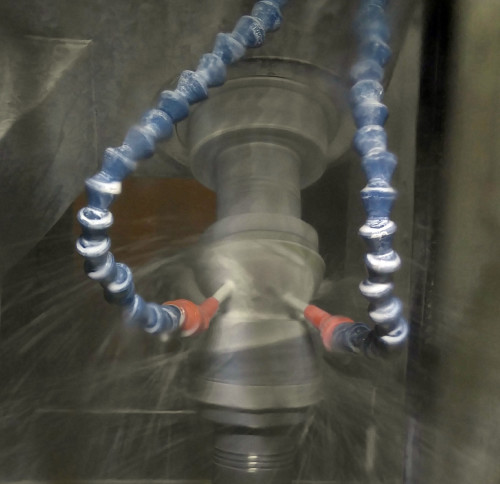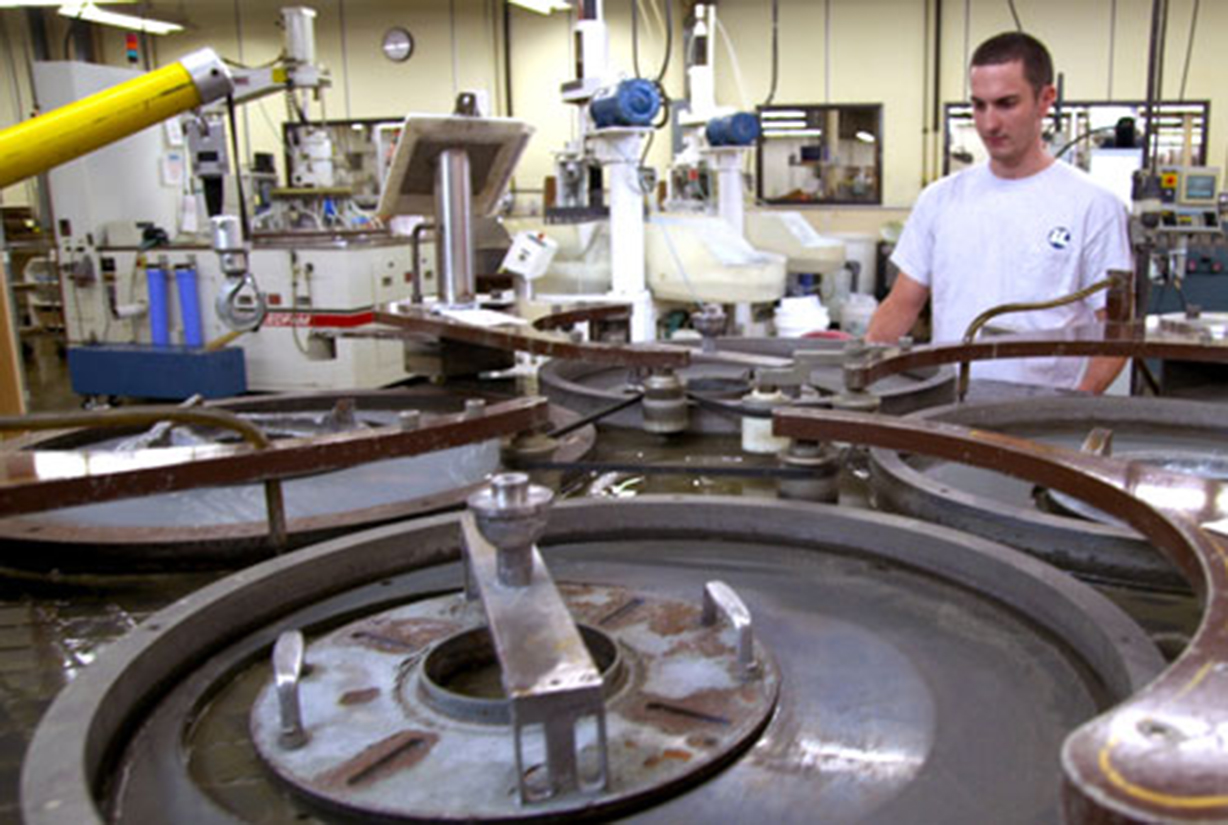Since its founding in 1916, United Lens Company (ULC) has been dedicated to the continuous pursuit of diversification and growth in the optics industry. In order to grow, succeed and remain relevant over the course of 100 years, a company must be adaptable. It needs to meet customer requirements, or develop the capabilities required to do so. When ULC noticed an increase in customer requests for curved surface or spherical polishing, we added the new capability to our offerings.

Optics Specifications
The optical specifications of lenses, mirrors and other optical components are incredibly important. Even the smallest of deviations from your specified measurements can cause your optical equipment to malfunction. In optical manufacturing, specifications refer to a number of details related to your optical component and can vary depending on the item. The most common specifications include the diameter tolerance, radius curvature, center thickness tolerance, bevel, centering, clear aperture and angle tolerance.
Although there are more than a dozen important specifications to consider for every lens, a few of the most important specifications include:
- Radius of Curvature: This refers to the distance between the vertex and center of curvature of a component. The optical path length of rays passing through a mirror or lens can be determined by knowing the radius of curvature, which is also part of determining the surface power of the lens.
- Centering: Any given lens has two axes—the mechanical axis, as defined by the lens’ edges; and the optical axis, as defined by the shape and curve of the lens’ surfaces. Depending on the use of the lens, these axes can be aligned, also referred to as centered, or decentered. For a lens to function properly, the centering must be exactly as specified.
- Surface Power: This mainly applies to curved optical surfaces, and refers to a method of measuring the curvature of surfaces with power, such as a lens or other curved optic component. As with radius of curvature and centering, an optical component must be manufactured to precisely meet the exact power specifications or it will not function as required.
These specifications—ones that have a direct impact on the direction and amount of optical rays through a component—are more important in some applications than in others. For example, a standard household mirror can afford to have a surface with a higher degree of irregularity than an optical component for a laser. The laser industry maintains some of the strictest optical component specifications, as do the aerospace and defense industries.
New Spherical Polishing Equipment
In order to offer the spherical surface polishing capabilities that our customers require, we recently acquired a new piece of equipment.
The OptiPro PRO 160P is a state-of-the-art, high-speed spherical lens polisher. The CNC machine features a number of cutting edge technologies—such as a vibration isolated granite core and modular construction—to maximize precision, stability, and part-to-part consistency without sacrificing speed.
To learn more about our new spherical polishing capabilities and the OptiPro PRO 160P, download our Optical Polishing eBook today.

